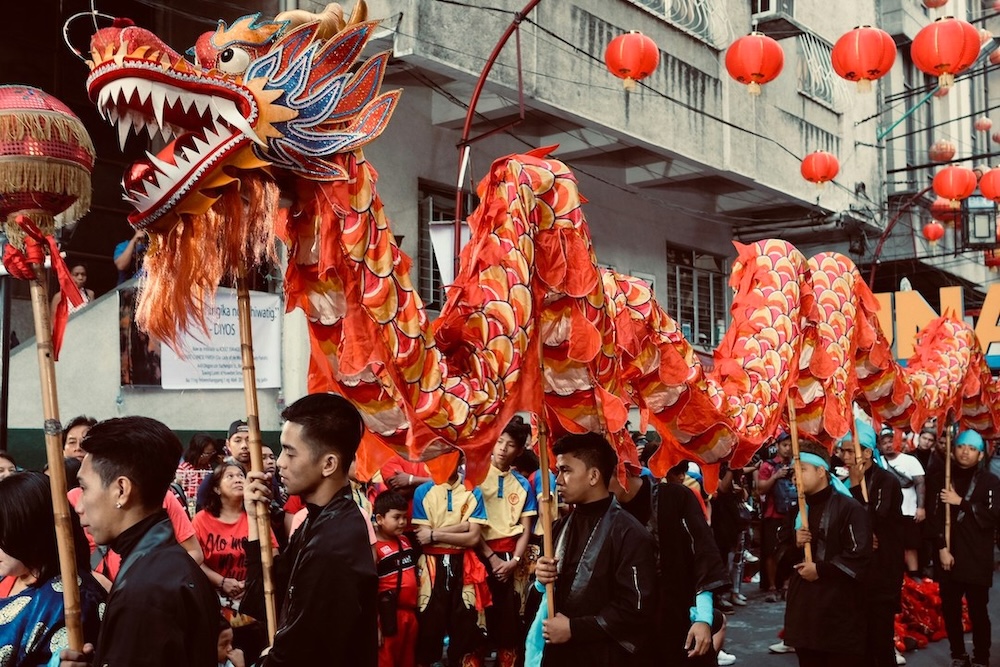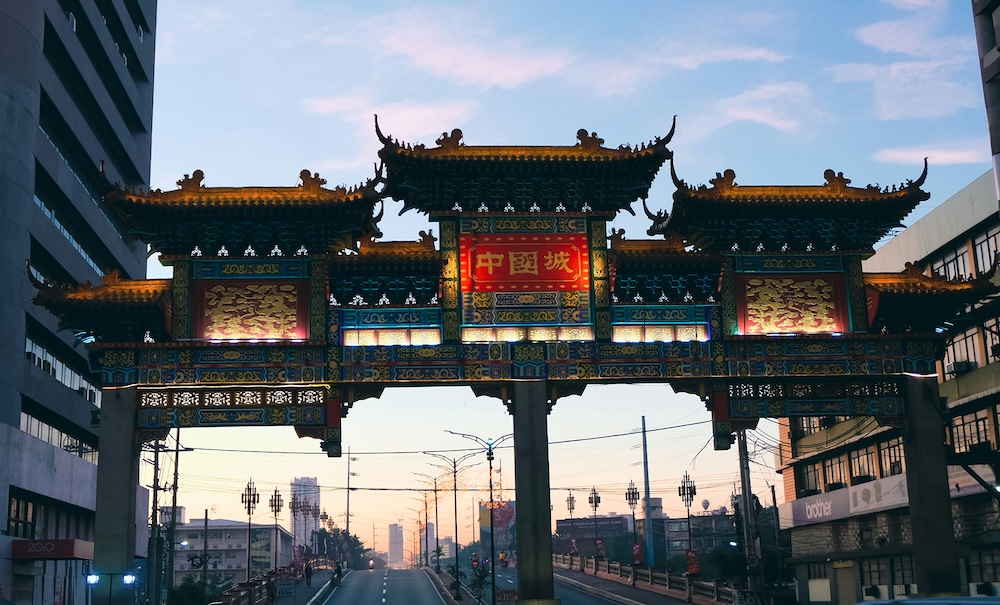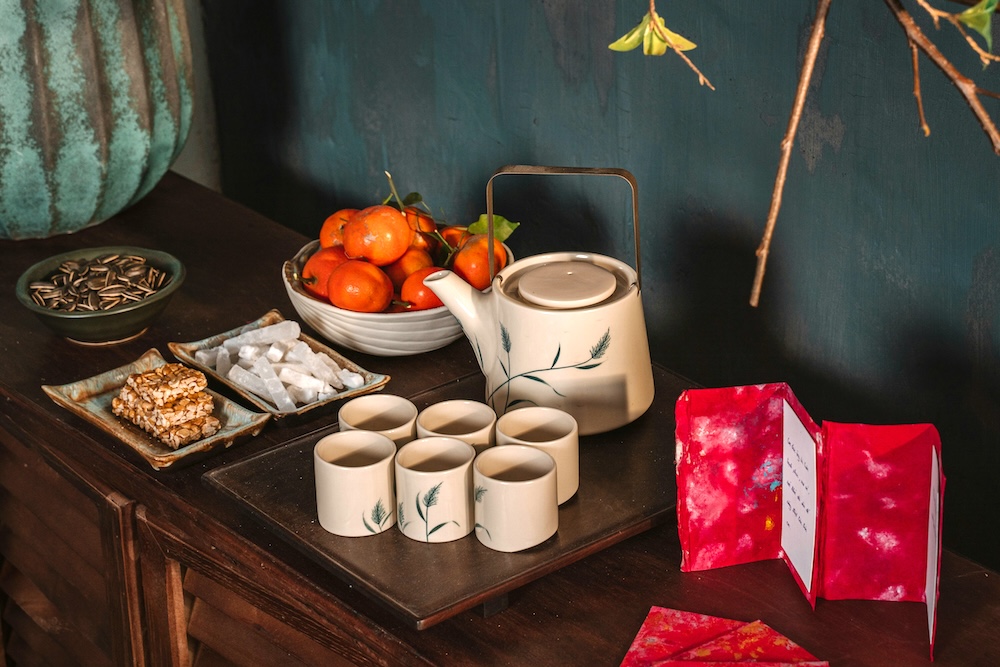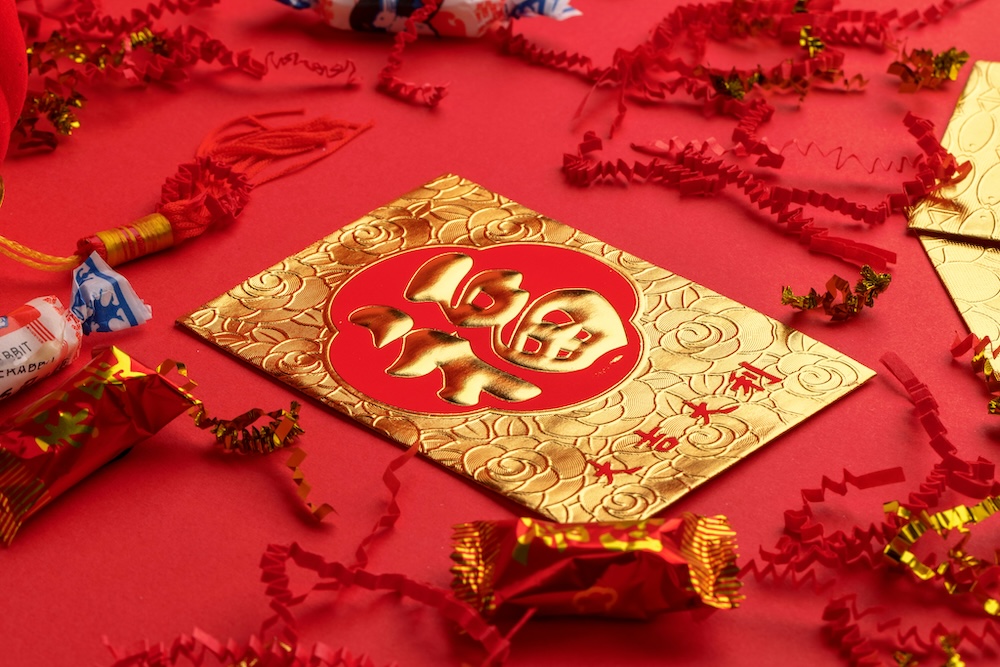This is what it’s like to celebrate Lunar New Year in the Philippines

If you don’t know your history, Lunar New Year would seem like an odd holiday to observe in the Philippines | Photo by Lad Hara Caingcoy on Unsplash
Lunar New Year is a big celebration in the Philippines. It might not immediately make sense but given that the oldest Chinatown in the world is located in Binondo, Manila, it isn’t a surprise really.
The relationship between the Chinese community and the Filipinos even predates the Spanish colonial period and the Philippines itself as a country. While not everyone in the Philippines has Chinese lineage, there are still a considerable number of people who have Chinese roots.
Many of these practices have intersected with (or have been inherited by) Filipino traditions celebrated on New Year’s itself due to the history shared with the community.

Binondo, the heart of Lunar New Year in the Philippines | Photo by Lad Hara Caingcoy on Unsplash
Every February, establishments all over the country put up lanterns and host parades that commemorate the Lunar New Year. Restaurants, stores, and malls put up decorations and signs in bright colors. Some malls and establishments even host dragon dances and other forms of traditional experiences leading up to the holiday.
For the Filipino-Chinese community, tradition and heritage are still alive and well. Here are some traditions they keep up during this festive season.
Wearing red
Red is the color of luck, prosperity, and good fortune. It’s customary to wear red to attract more good luck in the coming year. White is to be avoided during celebrations because it’s traditionally the color used to mourn the dead.
Getting the family together

The dinner table is normally filled with traditional dishes and round fruits for good luck | Photo by HyggeLab Concept on Unsplash
Family is important in Chinese and Filipino culture so getting the family together is essential in celebrating Lunar New Year. The family usually gathers in a home, most typically of the patriarch or the matriarch, and celebrates with a dinner filled with traditional dishes and round fruits for good luck.
Eating something sticky
Food items like nian gao (or tikoy, as it’s locally known in the Philippines) are popular among both the Filipino and Filipino-Chinese community. It’s a sticky rice cake served every Lunar New Year. It’s usually battered in egg and then deep fried to make it warm, chewy, and sticky.
The belief behind eating nian gao is that eating sticky things will help the family stick together in the new year.
Long noodles for long life
Noodles are one of the most iconic celebratory dishes for any celebration. It’s believed that having noodles on this holiday—or on other special occasions—can bring you a long life. It’s important not to cut through the noodles or bite down on them, though. You have to eat each individual noodle at its natural length for the supposed long life benefit.
You may also like: Lucky dishes you should feast on this Lunar New Year
Angpao, of course

Angpao or hongbao is one of the highlights of Lunar New Year | Photo by Jason Leung on Unsplash
For children and the elderly, angpao or hongbao is one of the highlights of the celebration. It’s a red envelope with gold characters filled with money. It’s traditionally filled with crisp cash and no coins (which can be seen as disrespectful). Larger amounts are typically given to parents, while smaller amounts are given to children for good luck.
Making lots of noise
Fireworks, trumpets, banging of pots and pans together, and generally lots of noise are all part of the Lunar New Year package in the Philippines. It’s believed that a loud home will ward away any evil spirits lurking around because they’ll hate the noise. And there’s nothing better than a home filled with the sounds of chattering, laughter, and celebration.

